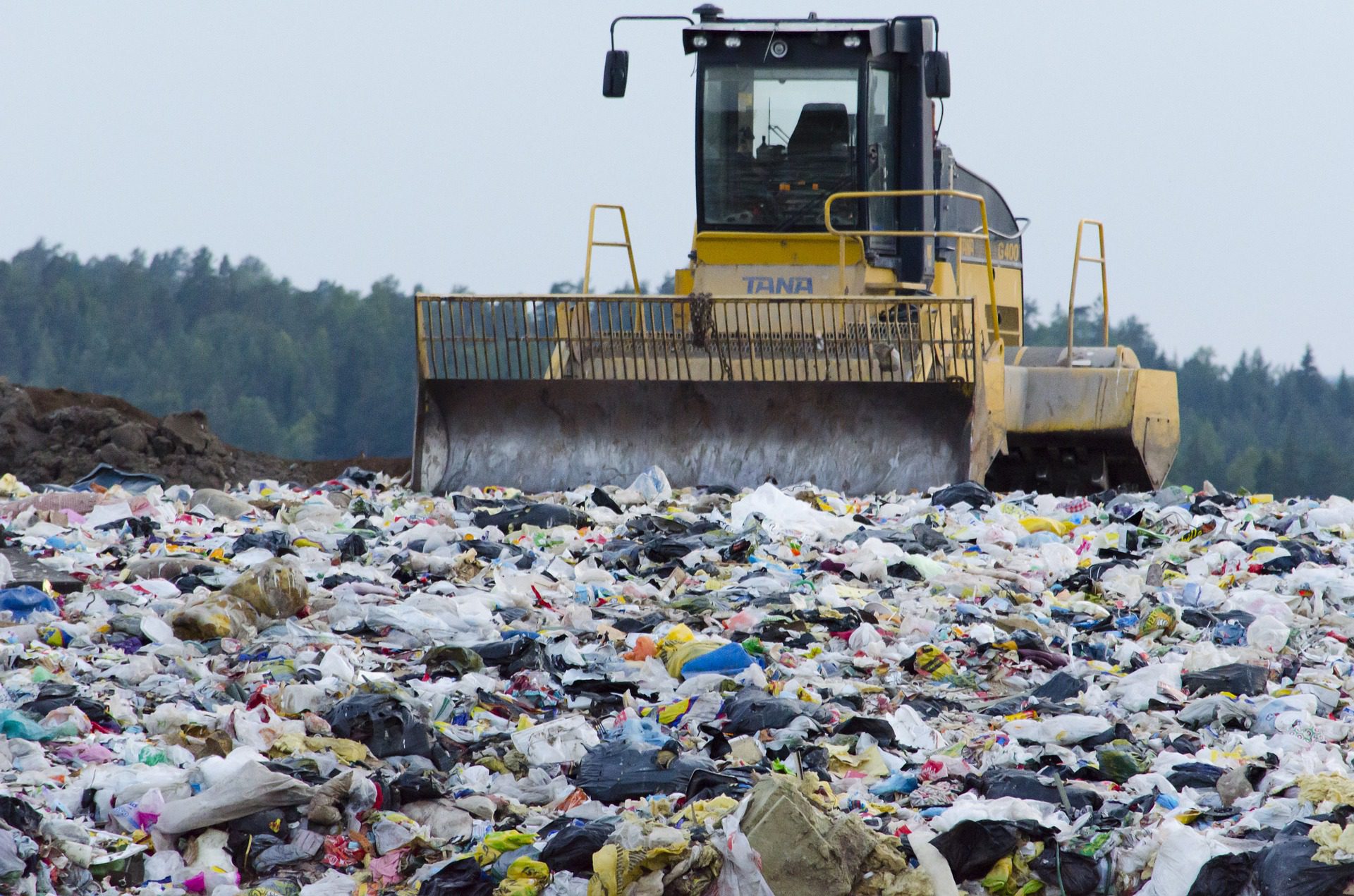The human nose is the ultimate judge when faced with determining the extent of an odor control problem. However, the difficulty lies with the fact that human olfactory systems are not identical and there is subjectivity to smell – what one person considers enjoyable another may consider unpleasant. However, an export odor panel provides a unique solution. Finding an objective means of measuring and legitimizing odor complaints is critical as even a single negative perception of odor from a solid waste facility is problematic and can have brand-damaging impacts leading to a major risk for the operation.
To combat the subjectivity of smell, certified odor panels, made up of trained odor experts, use optimal techniques to identify, characterize and measure solid waste odor neutrally and professionally. These odor experts are continually tested, trained and re-certified as ‘expert noses’ throughout their careers, making their evaluations highly accurate and reliable.
As a result, the value of a certified odor panel evaluation is unprecedented in the world of solid waste odors impacting communities. Municipalities can better enforce odor regulations while facility managers can install necessary control systems and these systems can be optimized to capture odor emissions based on the experts’ quantified detection thresholds of the specific chemical compounds responsible for the smell at a given site.
When can we smell problematic odors?
Odor emissions are a common source of complaints impacting the quality of life of surrounding communities. But there is hope. Certified odor panel assessments are a necessary part of the solution for landfills, commercial composting and waste transfer stations to remain in compliance and maintain positive relationships with their communities as they level the playing field by replacing perception with detection.
The concentration at which the average human nose can detect an odor, which is made up of chemical compound(s), is known as an odor detection threshold (ODT). Understanding the ODT for specific waste-streams is, therefore key to adequately designing and implementing a solution for industrial odor complaints.
So, how can these odor events be evaluated in order to determine if mitigation is necessary?
Two ways to utilize a certified odor panel
Odor experts are able to quantify and qualify odor based on established ODTs with either samples taken from the facility in question or a field inspection at the site itself. As long as they come from a properly certified firm, the results of an odor panel are admissible in a court of law, as a result expert odor panels are commonly used to evaluate claims of nuisance odor by communities.
An expert odor panel can also be used to measure or test the efficacy of an industrial odor control system in place. Byers Scientific relies on certified third-party odor panel assessment to validate and measure the effectiveness of its odor control systems on client sites.
An odor panel can help determine baseline odor classification and intensity
As part of their compliance package, Byers Scientific’s Byers Emission Analysis (BEA) division provides a complete and comprehensive interpretation and analysis of odor compounds by way of odor samples and a third-party expert odor panel assessment. The odor panel assessment utilizes air samples collected by the BEA team at the facility’s identified source(s) of fugitive odor to quantify and qualify the relevant odors. BEA’s scientists interpret the odor panel findings and utilize the same to optimally engineer improvements or adjustments to current emissions controls. BEA provides a report of the odor characterization in terms of dilution-to-threshold (D/T) ratio according to ASTM Method No. E-679-04 and levels of intensity according to ASTM Method No. E-544-18, offering a complete industrial odor analysis at the various sampling locations.
As noted above, the third-party odor assessment allows Byers Scientific to make recommended improvements, replacements, or additions to existing facility emissions controls where applicable. The result is that once appropriate odor control systems are in place, Byers Scientific clients can often safely add additional waste streams and the accompanying revenue streams.
Contact us today for a free consultation.


